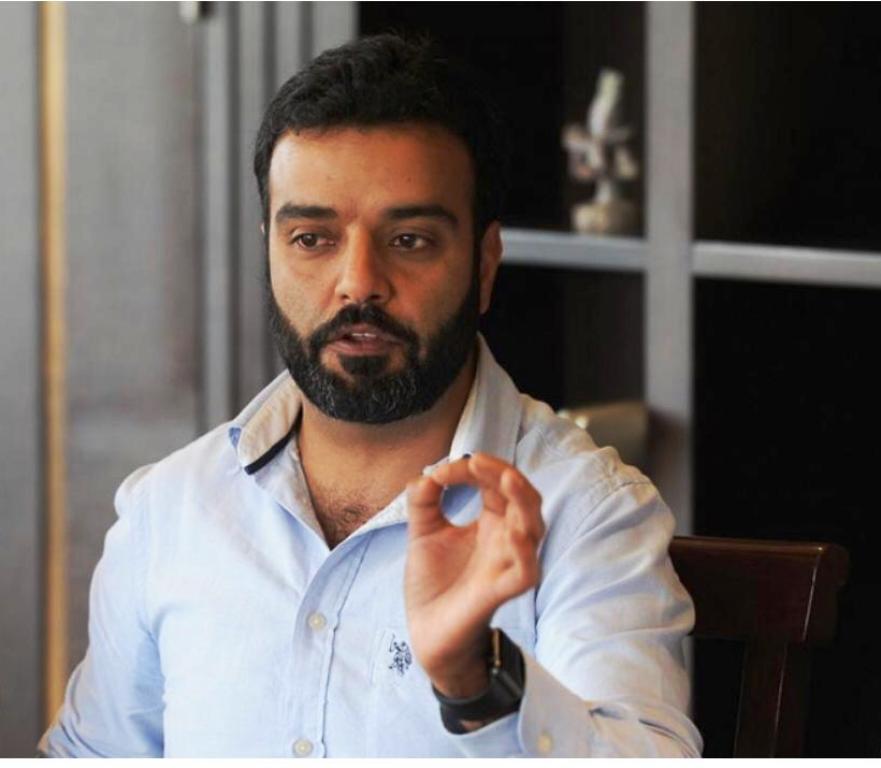KL Report
SRINAGAR
Strongly pitching for compensation to the State for the losses it has to bear constantly on account of Indus Water Treaty (IWT), Chief Minister, Omar Abdullah Tuesday said had the Treaty not imposed restrictions, sufficient storage facility could have been created in the State for generation of hydro electric energy.
Addressing the Power Ministers’ Conference this morning and speaking at the 6th meeting of Task Force on Development of Hydro Projects in the evening here, the Chief Minister listed the initiatives taken by the State Government to realize the targets and achieve self-reliance in hydroelectric sector.
“There is a need to urgently initiate measures to alleviate suffering of the people on account of power shortage”, the Chief Minister told the Union Government and also made a strong point for transfer of 390 MW Dulhasti HEP to Jammu and Kashmir State as recommended by Prime Minister’s Working Group on Economic Development of J&K. “The recommendation needs to be taken its logical conclusion at the earliest to fulfil the aspiration of the people of the State”, he added.
Omar Abdullah made out a strong case for transfer of 500 MW Dulhasti-II HEP from NHPC to Joint Venture mode to make the State equal partner in the project. The Task Force accepted the demand of the Chief Minister and agreed to allot Dulhasti-II HEP in Joint Venture mode.
The Task Force also agreed to put clearance 1000 MW Pakaldul on fast track and speeding up the work on Srinagar-Leh Transmission Line besides a special electrification programme for the villages existing on LOC for which the Chief Minister advocated strongly and explained the need for taking urgent steps in this direction.
Stating that a turn-around in the economy of Jammu and Kashmir cannot happen without turn-around in power sector, the Chief Minister sought close cooperation between the Centre and the State Governments in helping Jammu and Kashmir to produce 9000 MWs of power.
Omar Abdullah said that as a part of the effort, 1000 MWs Pakuldul HEP being implemented through ‘Chenab Valley Joint Venture Company’ needs to be extended Rs. 1300 crore as equity to be contributed by Jammu and Kashmir State Power Development Corporation (JKSPDC) for the project being a component of Prime Minister’s Reconstruction Programme (PP). He also sought Rs. 2500 crore as sub-ordinate loan for enhancing viability of the project. He urged early clearance of the Government of India for the two more HEPs of 600 MWs Kiru and 520 MWs Kawar and sought special Central assistance of Rs. 1000 crores for execution of Baglihar HEP-II. He also urged for speedy appraisal of the DPR for 1850 MWs Sawalkote HEP by the Central Electricity Authority (CEA) to facilitate execution of the project.
“State has been able to harness 4 small HEPs of 42.5 MWs. Our DPRs and Clearance are ready in some projects and we have put in place a definite framework for development of these projects. The framework includes MoU route for CPSUs, IPP on BOOT, JV route and wholly owned State sector”, he said adding that the revised State Hydel Policy has been made operational in 2011.
“The new projects being launched in the State include 450 MW Baglihar-II, 1850 MW Sawalkote, 390 MW Karthai-I, 930 MW Karthai-II, 48 MW Kalnai, 93 MW New Ganderbal, 37.5 MW Parnai, 600 MW Kiru, 520 MW Kawar, 330 MW Kishanganga, 850 MW Ratle, 1000 MW Pakuldul, 280 MW Ujh and 1020 MW Burser HEP”, he said and underlined the need for adequate and support from the Government of India to enable the State to realize these goals.
Expressing pleasure over the implementation of Phase-II of RGGVY by the Union Government, the Chief Minister advocated special dispensation to Jammu and Kashmir for lowering the population criteria of 100 souls per hamlet to 50 souls so that RGGVY Phase-II is extended to people living in hilly and remote areas in the State. He said under the RGGVY-I 14 projects are under implementation in the State and as against 239 un-electrified villages 187 have been electrified and as against the target of covering 3525 partially electrified villages, intensive electrification in 2962 villages has been achieved and 5140 un-electrified hamlets have also been covered as against the target of covering 6572 partially electrified and un-electrified hamlets.
Omar Abdullah said that R-APDRP is under implementation in 30 towns of Jammu and Kashmir State and implementation of Part-B of the scheme is commencing soon. He said the work under Part-A is in progress. He expressed gratitude to Union Government for considering addition of 10 more towns under the scheme, expressing hope that the scheme will be further expended to all 283 towns with the population of 4000 souls.
The Chief Minister thanked the Prime Minister and the Union Power Ministry for allocating 150 MWs from unallocated quota to mitigate power shortage in the State. He also expressed gratitude to Union Government for sanctioning a Coal Block which has been a long pending demand of the State.
Highlighting the importance of adequate and compatible transmission network for evacuation of power, the Chief Minister underscored the need for developing a comprehensive and integrated transmission network instead of laying individual dedicated power lines. He also made a point for construction of pooling station of 765 KV level in the area so that upcoming projects can conveniently evacuate power to any part of the Country. He said 1850 MW power generation coming up in Ladakh region cannot be harnessed unless Srinagar-Kargil-Leh Transmission Line of adequate capacity is executed on priority. He stressed on speeding up the work on this important project.
While mentioning the broad initiative taken by the State to harness Geothermal potential, the Chief Minister mentioned 5 MW Technology-cum-Demonstration-cum-Resource Assessment Geothermal Project being set up in Puga Leh. “This is essentially an R&D activity aimed at generating sufficient data to pave way for development of the main reservoir. The project needs to be fully funded by Ministry of New and Renewable Energy as recommended by the expert committee”, he maintained.
The Chief Minister also mentioned the initiatives taken by the State Government to reduce AT&C losses by about 9 percent during 2012-13 and T&D losses by 4.6 percent. “We have started unbundling and four companies have been incorporated for the purpose. We are also implementing key reforms in the power sector”, he said.















